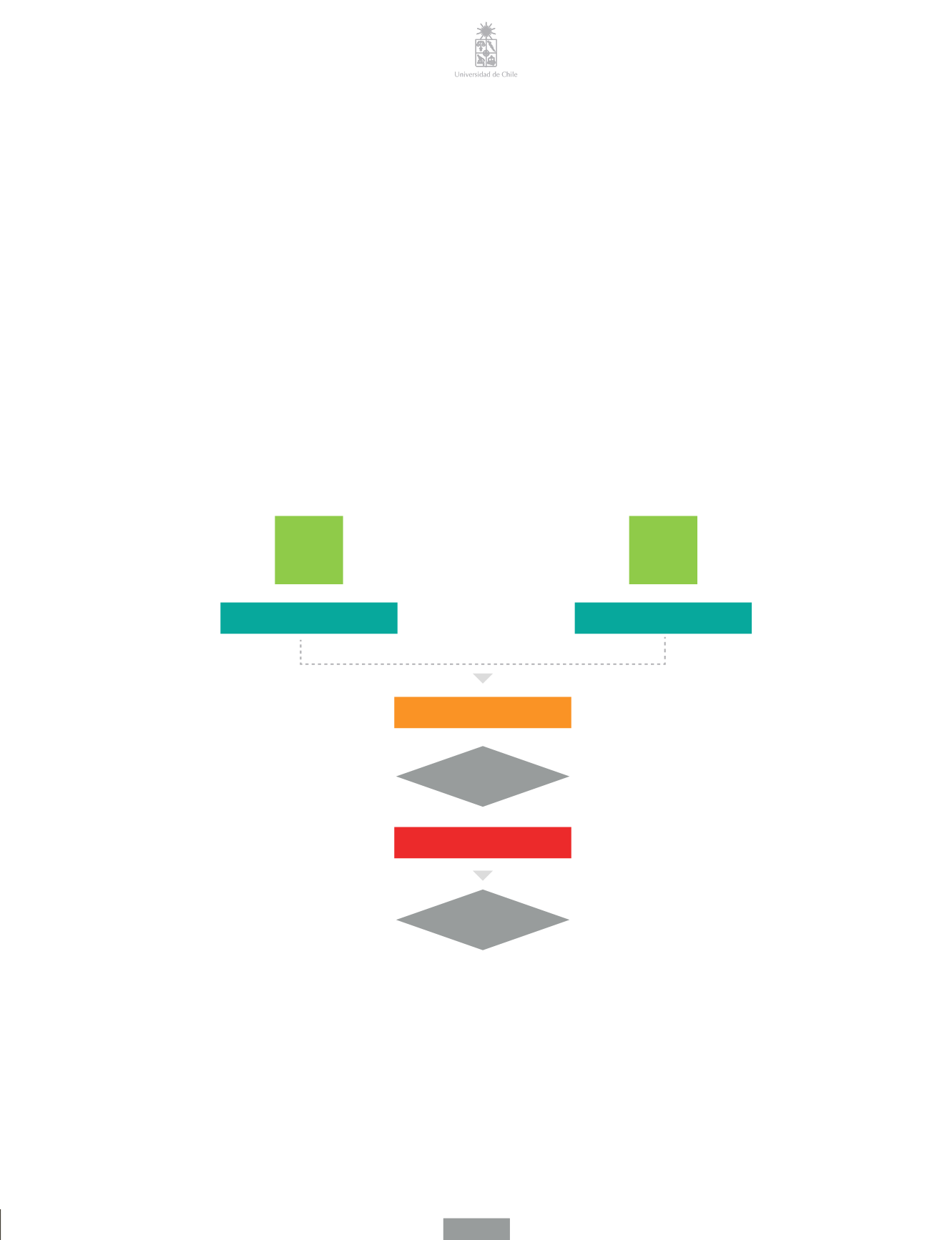

ENCUENTRO INTERNACIONAL DE UNIVERSIDADES ESTATALES
65
A third goal of the excellence initiative was to make the complexity of the German university landscape
more visible. After all, there are many institutions with the name ‘university’, but they provide quite
di erent services and focus on di erent areas of knowledge. An additional goal that has certainly been
achieved is the identi cation of the strengths and the qualities of the respective universities. This is – at
least from the point of view of Heidelberg and other very good universities – a blessing. What is more
di cult, however, is to make the government act accordingly.
The last objective that was aimed at was to strengthen networking. This seems to be a contradiction in
terms, for competition between universities and networking between universities do not go well
together. What was enhanced, however, was the cooperation between universities and business
enterprises on the one hand, and between universities and other scienti c institutions on the other hand.
In Heidelberg, for instance, we strengthened and institutionalised the cooperation between our centre
for molecular biology and the German institute for the research of cancer (DKFZ), which is conveniently
situated on the campus of Heidelberg University.
The most important elements of the process of selection, which worked quite well, are sketched in the
following model:
Finally, 38 proposals were judged worthy to receive funding, with some universities getting only one
project funded, others as many as ve or six projects. For the best universities, this meant a substantial
addition to their regular funding.
DFG
Scienti c
Council
Strategy Commission
Expert Commission
Appointed
Constituted
Joint Commission
Draft
Announcement
Announcement
Deadline: December 2006
Deadline: April 2007
Final Decision: 19 Octuber 2007
Federal Minister of Education and Research
DIA 2: DESAFÍOS DE LAS UNIVERSIDADES PÚBLICAS PARA EL SIGLO XXI
142
CONFERENCIA: “Estado actual y proyecciones de las Universidades Públicas de los Estados Unidos”
142
Jaime Chahín
142
CONFERENCIA: “Responsabilidad del Estado respecto a la Sustentabilidad de la
Universidad Pública Nacional”
154
Juan Manuel Zolezzi, Consejo de Rectores.
155
PANEL: “Financiamiento de las universidades estatales: antecedentes y perspectivas para el siglo XXI” 161
Juan Manuel Zolezzi
162
Luis Ayala
162
María Olivia Mönckeberg
172
Felipe Morandé
180
Hugo Fazio
185
CONFERENCIA: “La Mercantilización de la Educación, el ejemplo de la Universidad”
185
Roger Dehaybe
185
CONFERENCIA: “Enseñanza Superior, Universidades Públicas y Universidades de Clase Mundial.
Relación entre estos términos y las Políticas de Investigación y Desarrollo en Brasil”.
186
Hernán Chaimovich
186
PANEL: “Futuro de las Universidades Públicas en Chile”
193
Sergio Pulido
193
Jorge Las Heras
197
José Antonio Viera-Gallo
202
José Joaquín Brunner
205
Ennio Vivaldi
212
Ricardo Núñez
220
CONFERENCIA: Alcances y conclusiones del Encuentro
226
Francisco Brugnoli
226
CONFERENCIA DE CIERRE
232
Mónica Jiménez, Ministra de Educación
232
4
ENCUENTRO INTERNACIONAL DE UNIVERSIDA ES E TA LES


















